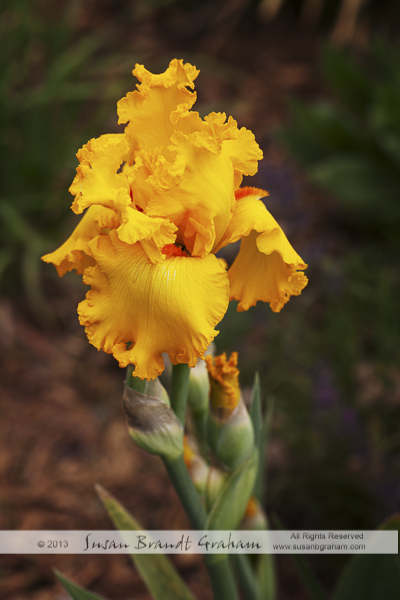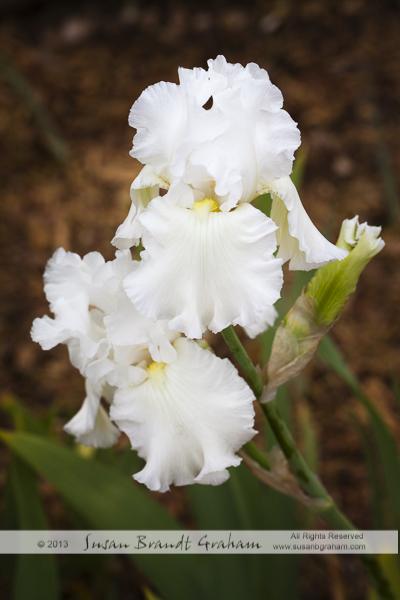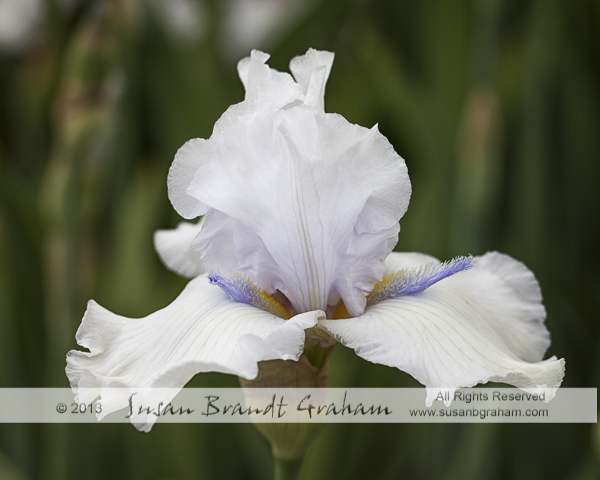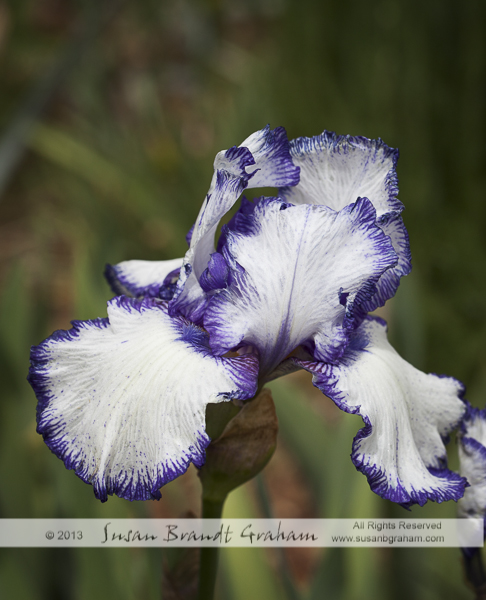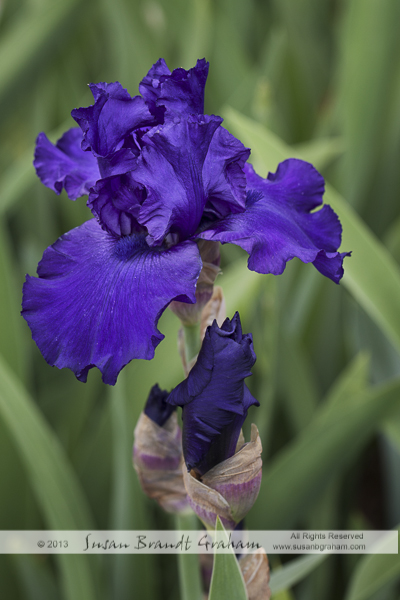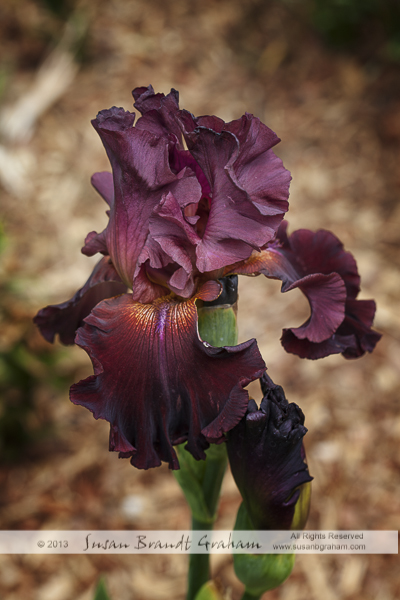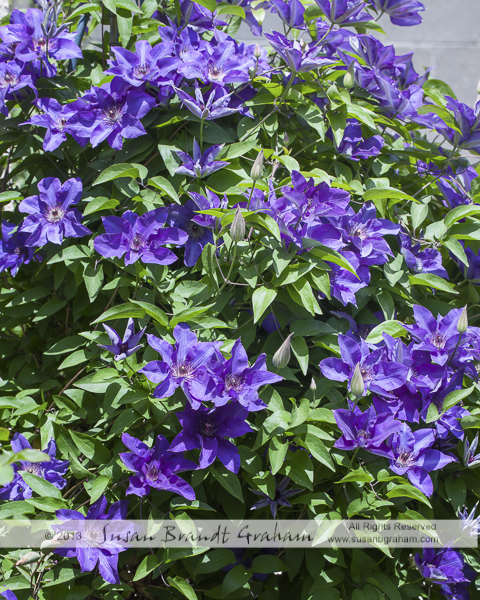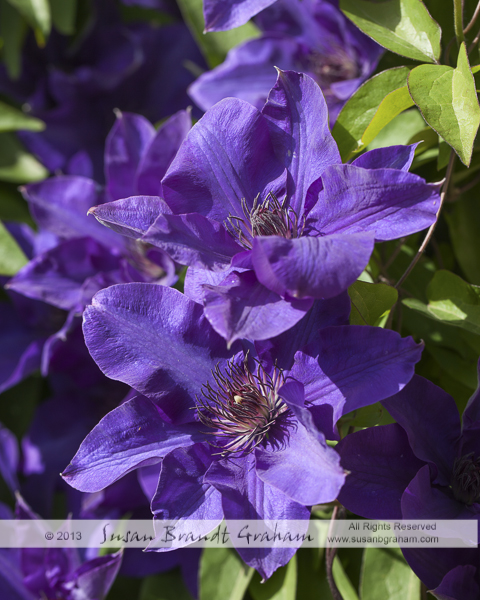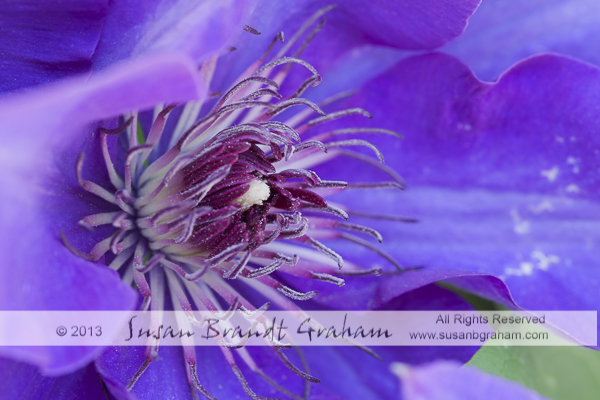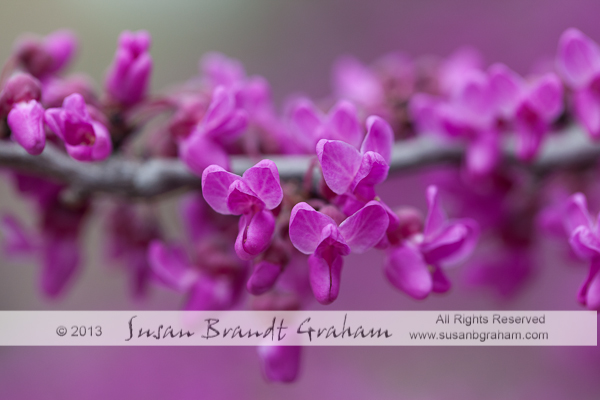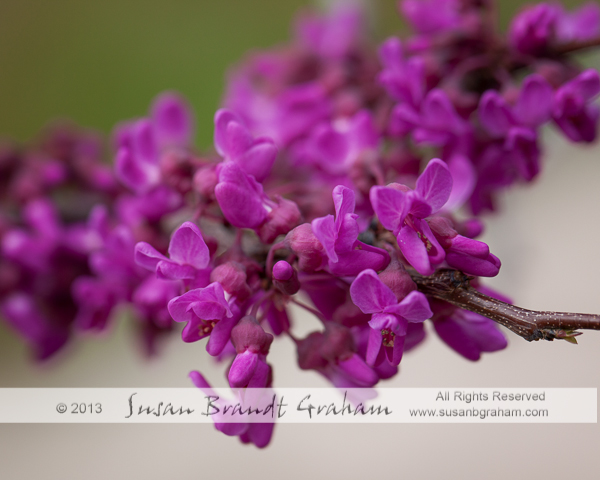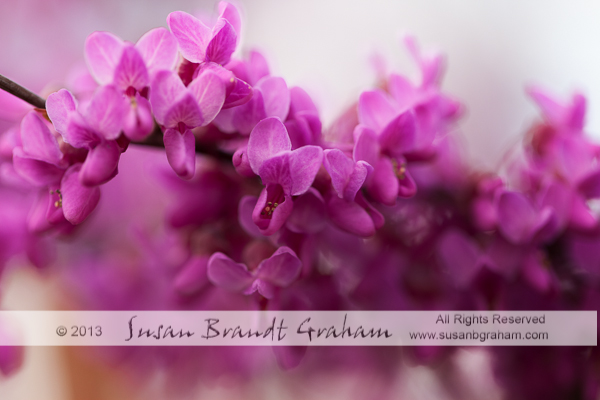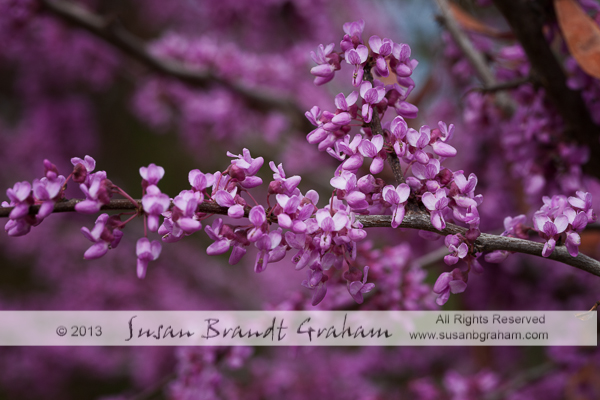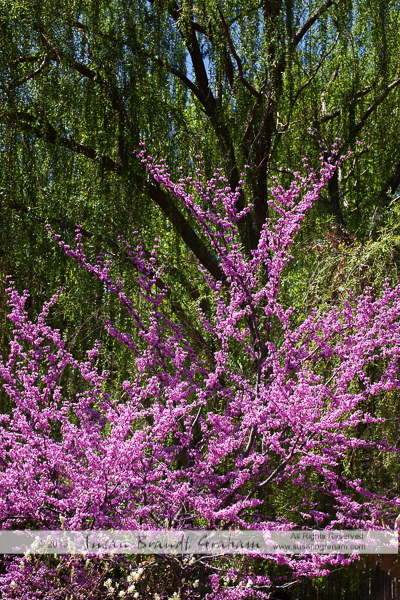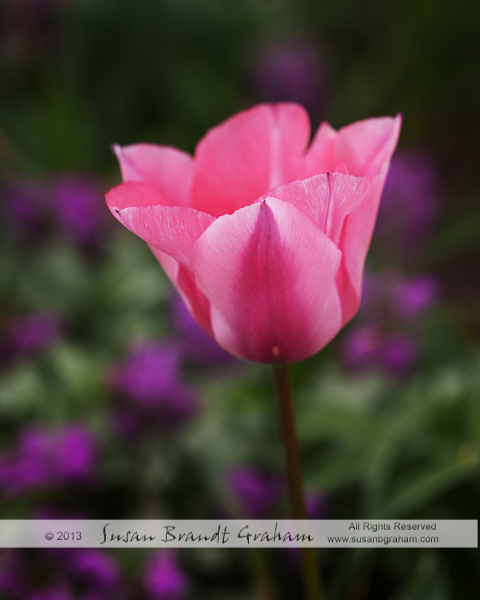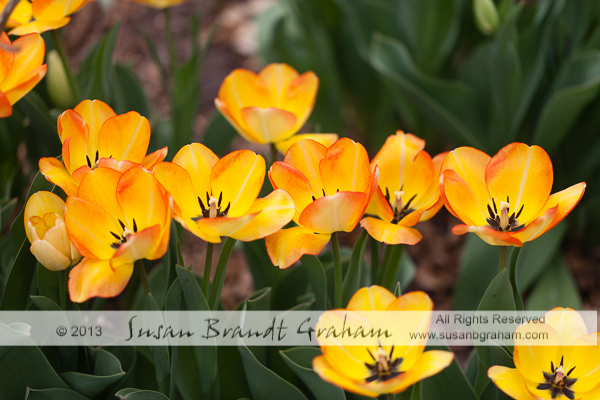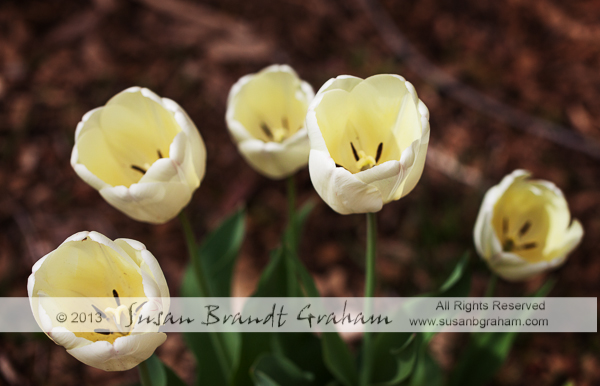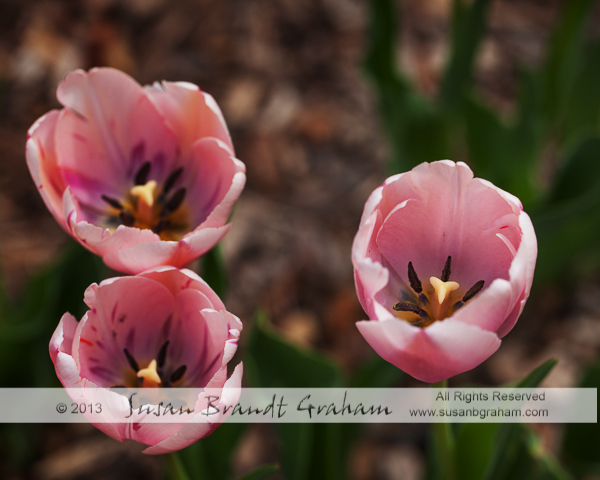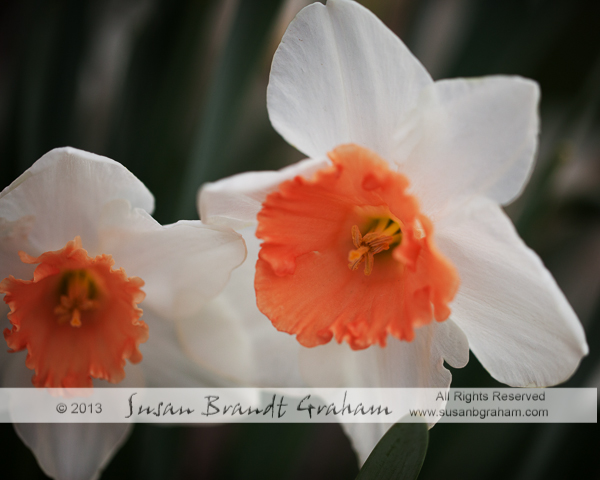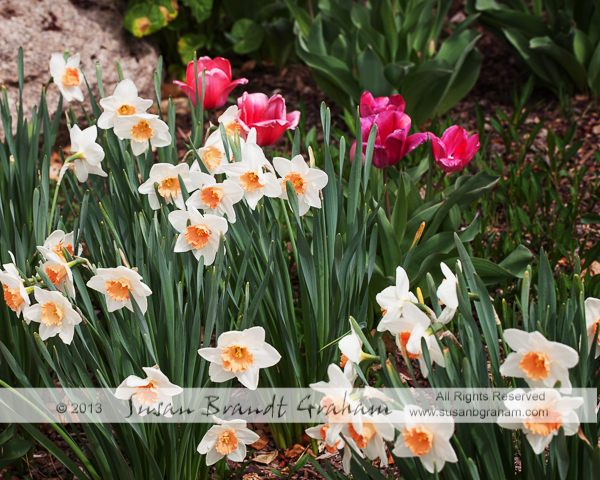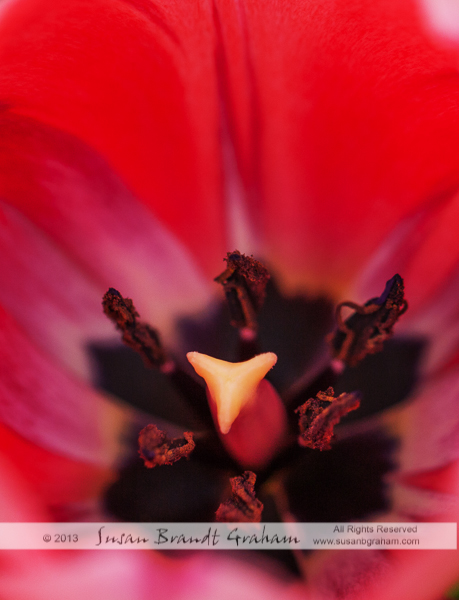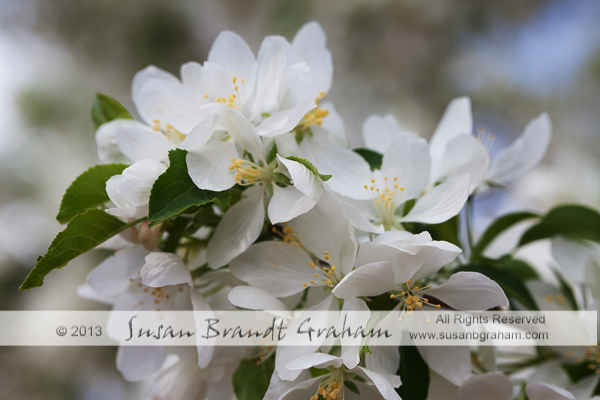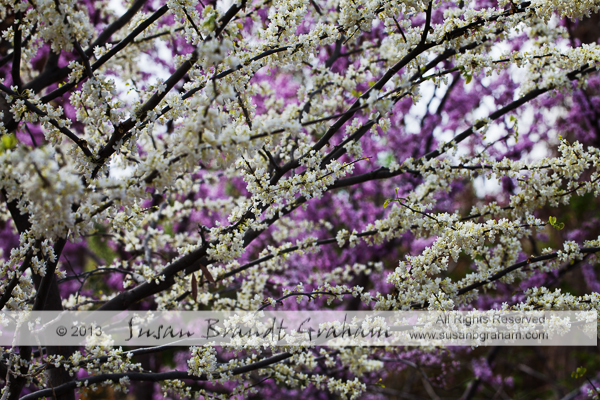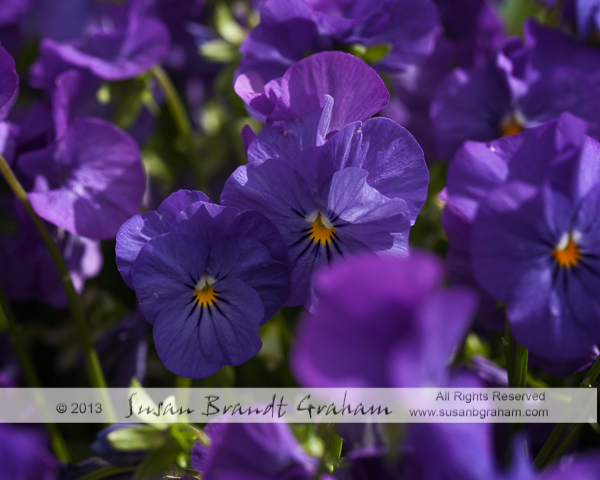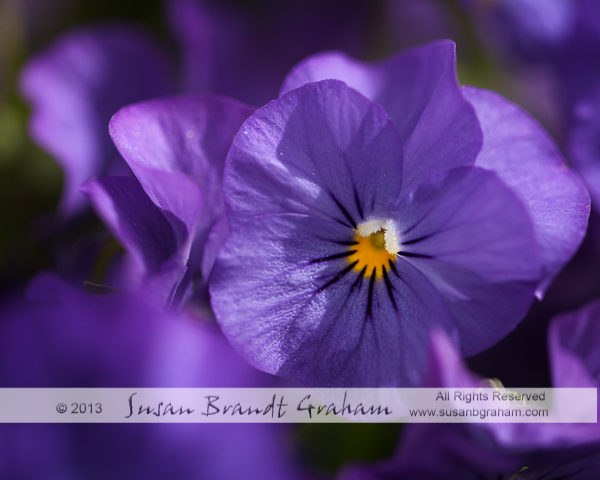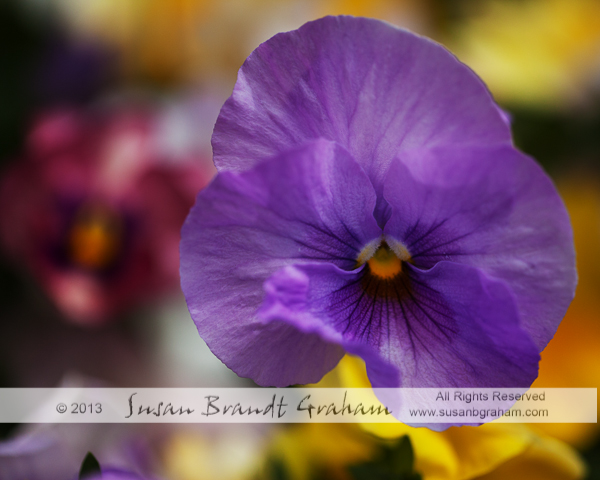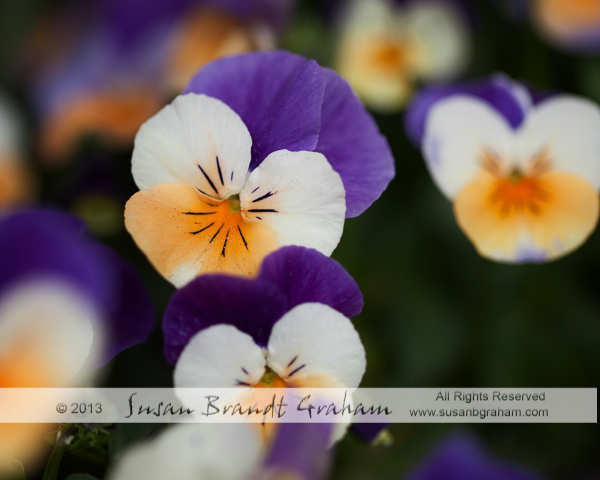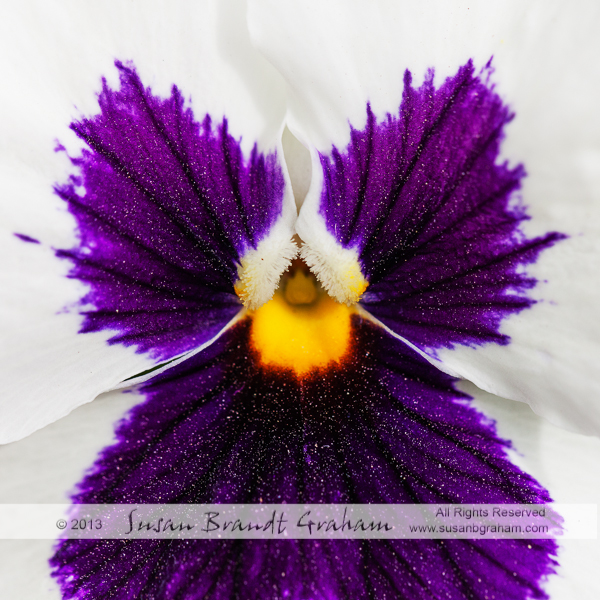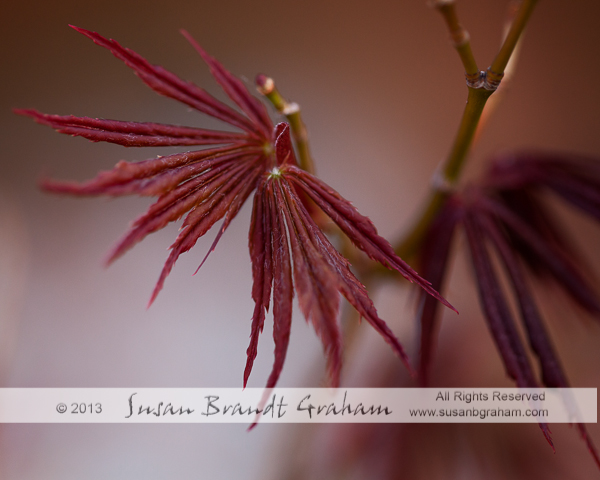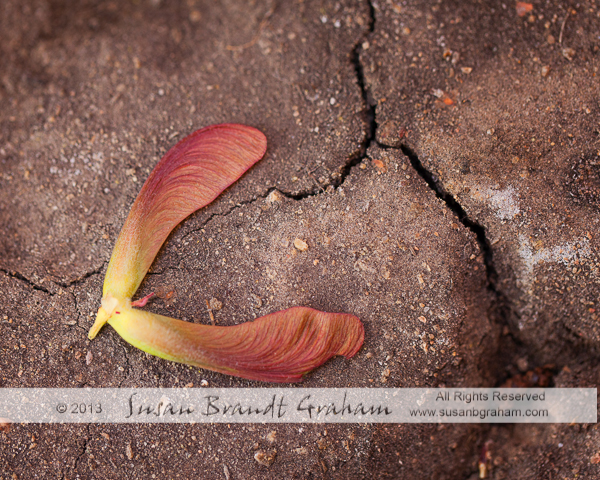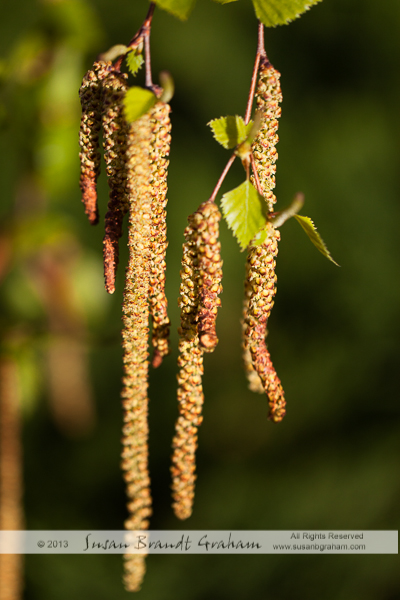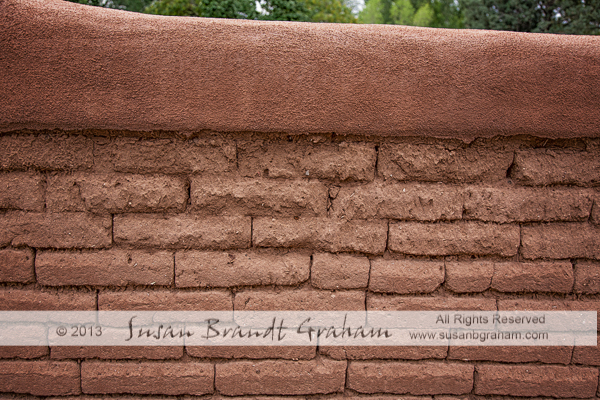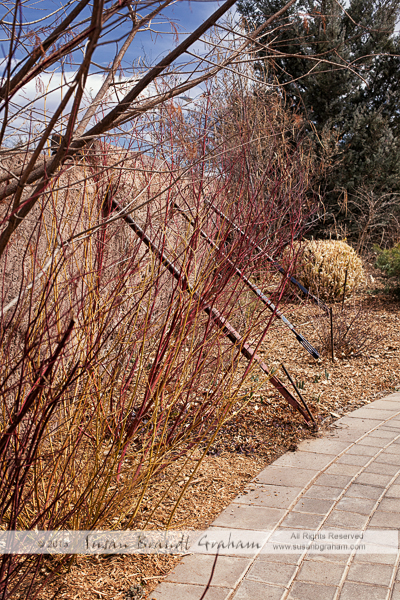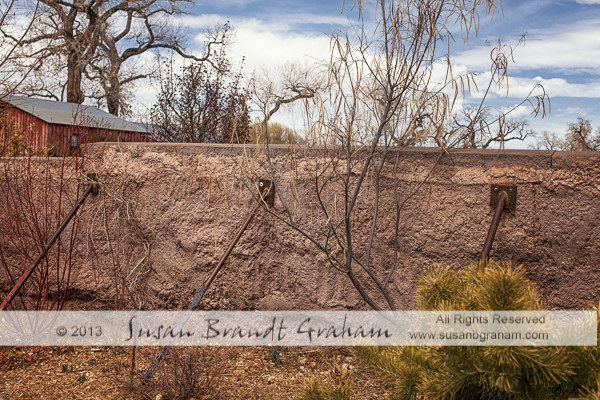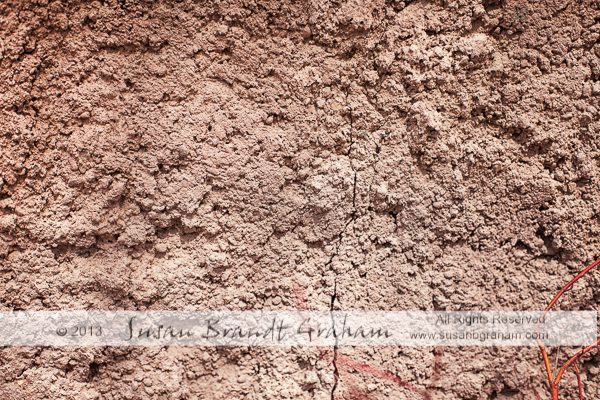Copyright Registration and Protection of Artistic Work in the U.S.
Copyright laws are very complex, and they are different all over the world. This post is directly relevant only to my artist friends (photographers, painters, etc.) in the U.S. The internet has made protection of one’s work difficult the world over, although it has, at the same time, made work much more accessible, a benefit for artists.
(Disclaimer: I am a photographer very interested in protecting the rights in my work. These are some of the things I have learned and some of the things I do. For legal advice, always consult an attorney well versed in copyright law. It is complex and is in the process of changing.)
In the United States, copyright is guaranteed in the Constitution itself. It is not in an amendment; it is in the Constitution itself! This leads to a couple of interesting facts. Copyright laws are written and revised by Congress (so don’t expect changes to occur at breakneck speed these days). Perhaps more importantly, depending on your point of view, copyright cases are heard in Federal (not State!) courts (have you ever heard the expression, “don’t make a federal case out of it?” There are reasons for that expression! Federal lawsuits are very expensive and time consuming!)
I’m always a little surprised when I realize that the only people I actually know personally who have registered their copyrights in their art are the instructor (an attorney/photographer) I had for a class, “Legal Issues in the Digital Arts” and I. In the U.S., an artist owns the copyright in his/her art from the moment a work is created (unless it was a “work made for hire” or for some reason the artist transferred the copyright). In the U.S., however, an unregistered copyright is pretty meaningless in cases of infringement.
Here is the U.S. Copyright Office Circular with which every artist in the U.S. should be familiar:
Copyright Basics
Among these advantages [of registration] are the following:
• Registration establishes a public record of the copyright claim.
• Before an infringement suit may be filed in court, registration is necessary for works of U. S. origin.
• If made before or within five years of publication, registration will establish prima facie evidence in court of the validity of the copyright and of the facts stated in the certificate.
• If registration is made within three months after publication of the work or prior to an infringement of the work, statutory damages and attorney’s fees will be available to the copyright owner in court actions. Otherwise, only an award of actual damages and profits is available to the copyright owner.
The short and the long of it is, if you are an artist who wishes to protect his/her works against infringement, the works need to be registered in the Copyright Office. And, for full relief in infringement cases, including statutory damages and attorney’s fees, the registration needs to be done within three months of publication (consult an attorney about how the Copyright Office interprets “publication,” if in doubt) or prior to infringement.
“It is expensive” and “it is too time-consuming” are two of the reasons I hear over and over from fellow artists who do not register their copyrights.
Continue reading “Copyright Registration in the United States”
Like this:
Like Loading...
